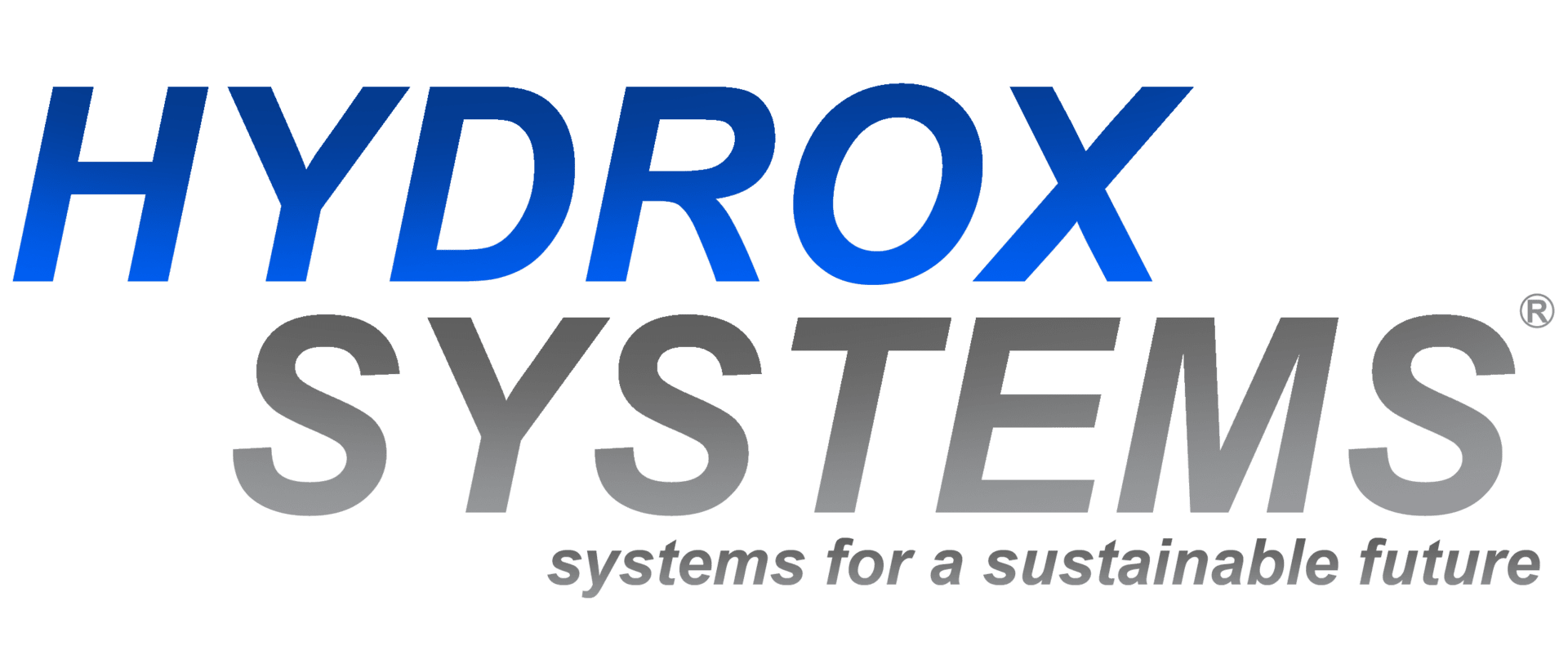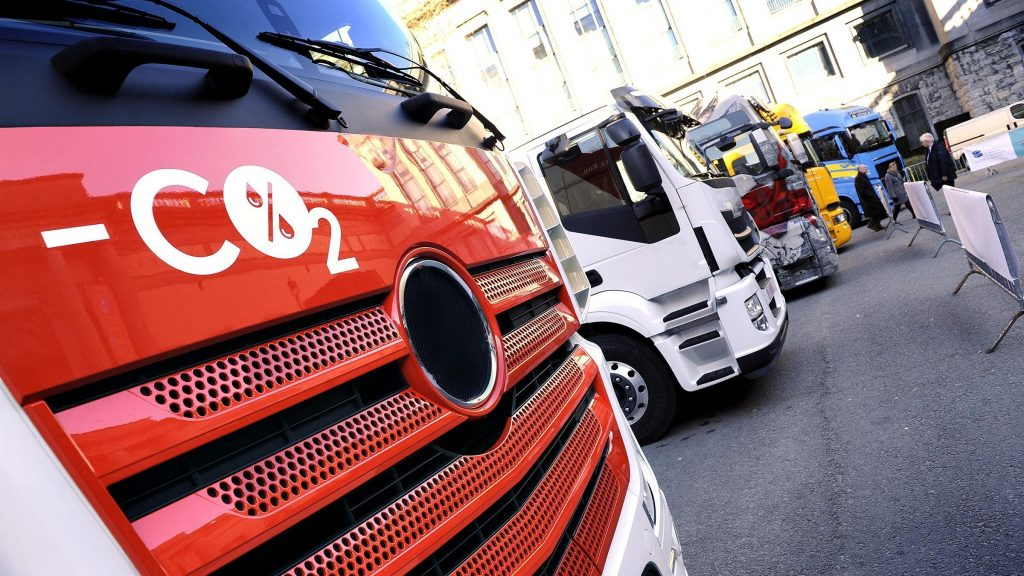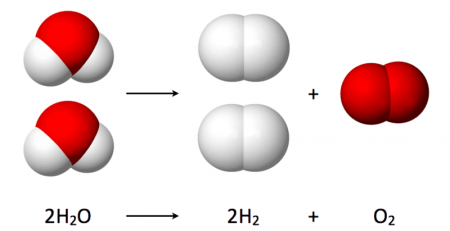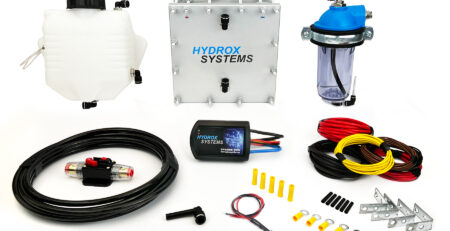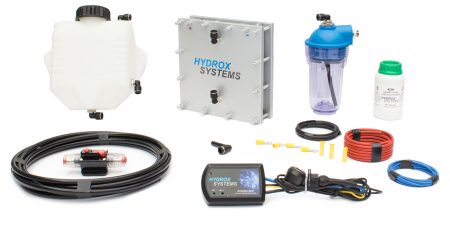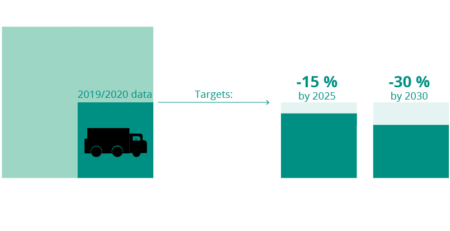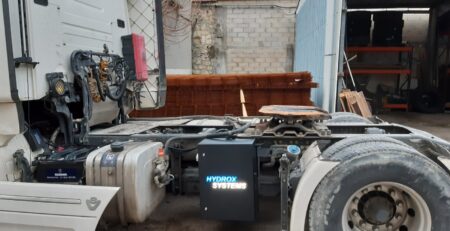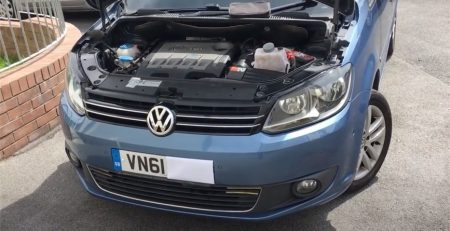Decarbonization targets for trucks and buses: much more needed than targets on paper, ACEA said
CO2 targets for trucks and buses: much more needed than targets on paper!
Brussels, 21 November 2023—In today’s vote at the European Parliament, lawmakers endorsed the most ambitious global CO2 reduction targets for truck and bus manufacturers.
By 2030, the CO2 emissions from new vehicles must be reduced by at least 45% compared to the levels in 2019/2020. The European Automobile Manufacturers’ Association (ACEA) emphasizes that achieving such targets requires a comprehensive transformation of the entire system, involving both public and private entities within the heavy-duty transport ecosystem.
ACEA’s Director General, Sigrid de Vries, pointed out, “For truck and bus industry manufacturers, the question is not whether we decarbonize, but how quickly we can do so. We actively contribute by providing vehicles and technology to make Europe’s road transport fossil-free by 2040. However, neglecting the necessary enabling conditions not only hinders our sector’s green transition but also jeopardizes our global competitiveness.
Millions of billions are poured into zero-emission technologies, specifically for battery-electric and hydrogen-powered vehicles. While the technology is readily available and series production is rapidly increasing, the lack of charging and refilling infrastructure and the absence of effective carbon pricing schemes and support measures for transitioning from conventional models to zero-emission alternatives pose significant hurdles to this transition.
De Vries emphasizes, “Manufacturers actively engage in decarbonization efforts but rely on external conditions that are mostly beyond their control. Policymakers must acknowledge this in CO2 regulations and establish an incentivizing policy framework that propels the green transition in road transport.”
In the trialogue negotiations, co-legislators are urged to institute annual monitoring of enabling conditions at the member-state level. Close monitoring is essential to address deficiencies in infrastructure rollout or other enabling conditions promptly. Without robust enabling conditions, imposing non-compliance penalties on manufacturers would be deemed highly unjust.
Notes:
Trucks and buses are essential for getting goods and people to where they matter most. Trucks alone carry 77% of all goods transported by land in the EU, and more than half of public transport journeys are made by buses.
To achieve a CO2 reduction of 45% by 2030:
more than 400,000 zero-emission trucks will have to be on roads – around 100,000 new zero-emissions trucks registered annually or at least one-third of new sales, and
At least 50,000 publicly accessible chargers are required, including 35,000 Megawatt Charging Systems (MCS) and 700 hydrogen refilling stations with a daily capacity of two tonnes.
About the EU automobile industry
12.9 million Europeans work in the automotive sector
8.3% of all manufacturing jobs in the EU
€392.2 billion in tax revenue for European governments
€101.9 billion trade surplus for the European Union
Over 7% of EU GDP generated by the auto industry
€59.1 billion in R&D spending annually, 31% of the EU total
Subscribe our Newsletter
